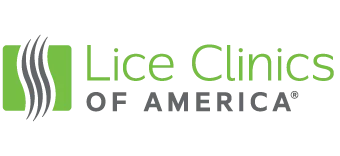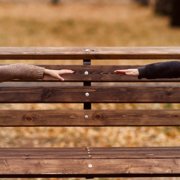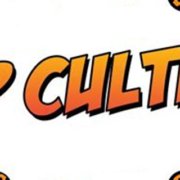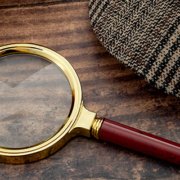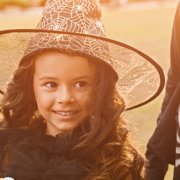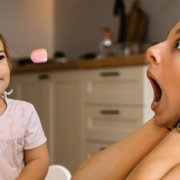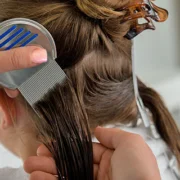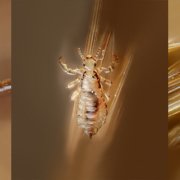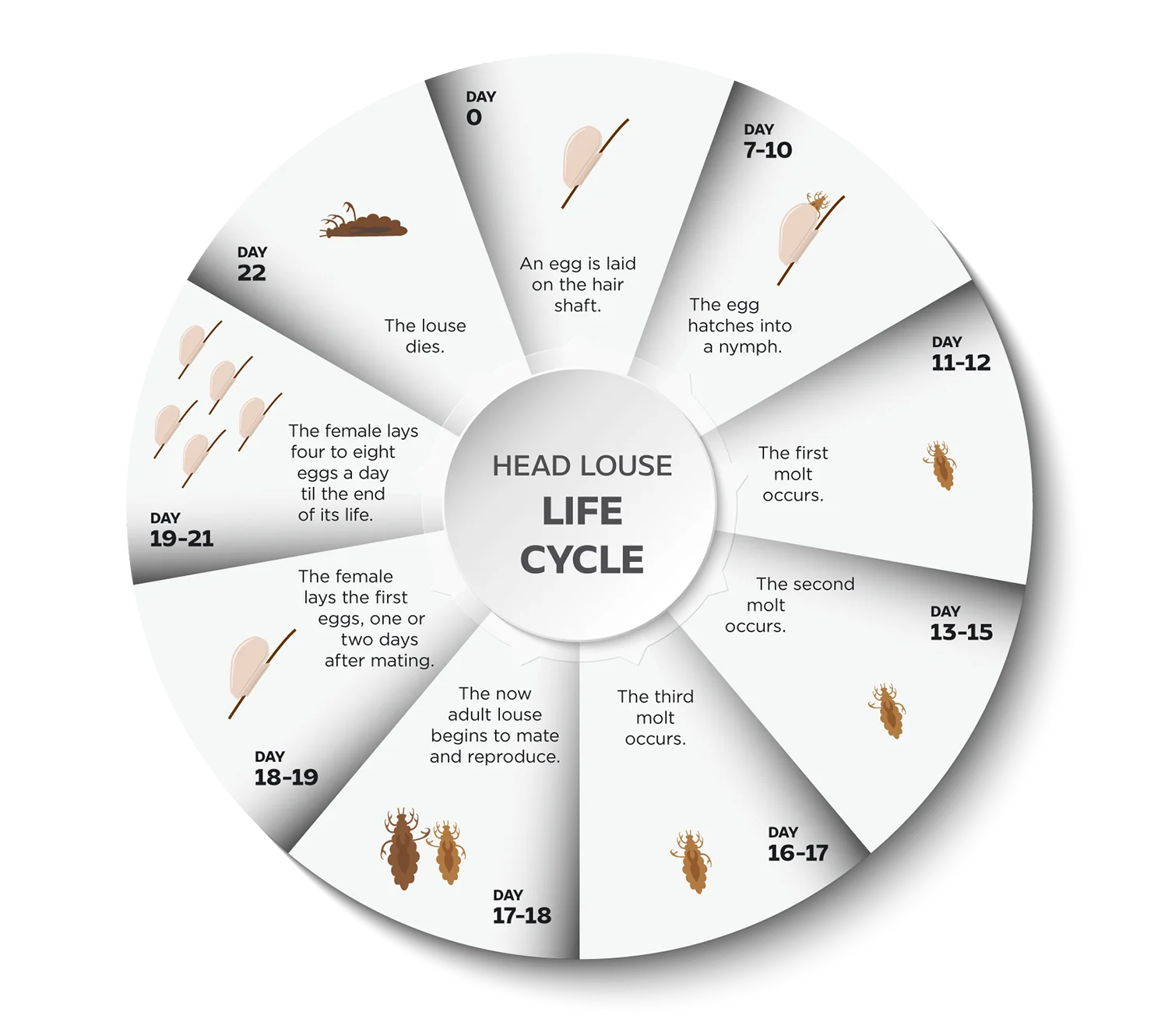From the staff at Lice Clinics of America – Jonesboro
Hollywood is full of glitz and glam. Not all of the scenes in your favorite movie are accurate though. This is especially true when it comes to scenes about head lice. Many media perpetuate folklore especially when it comes to home treatment remedies to cure their lice infestation. Let’s take a look at some of these clips and debunk those Hollywood representations.
MOVIES
I Don’t Know How She Does It: https://youtu.be/jawZFND4Bfc
In this clip, the loving mother gets a message from a trusted friend that her daughter has head lice. She immediately becomes itchy and freaked out.
The mind is a powerful thing. The second the word ‘lice’ is mentioned the entire room erupts in scratching behaviors. “We’ve had many a client come in for a head check because they’re convinced their itchy scalp is because of head lice,” says Shannon, clinic owner. In fact, only half of the people who have head lice have itchy heads because the itchiness is an allergic reaction to the lice saliva—and not everyone is allergic to it.
Thankfully this mother seems like she is going to take all the proper steps and make sure her entire family is checked. This is the best way to ensure you can take care of it once and for all!
The Switch: https://youtu.be/gkEsrZpCdOo
In this clip, the mother has a set list of rules for her friend in regard to eradicating the head lice. She tells him to run to the nearest store and pick up a plethora of supplies and gives out instructions on home care.
One of the falsehoods they portray is the notion that all soft objects need to be bagged up for several weeks. In reality, head lice are parasites that require the host in order to survive. They cannot live on inanimate objects. Simply put, there is no need to put items in bags. The minute lice leave the head, they lose their lifeline and will begin to die. The chances for a louse to navigate back on to a head are close to nil. If you are feeling anxious, you can throw the items in the dryer for 30 minutes.
Another falsehood is that prescription medication is effective. These medications are full of pesticides and harmful chemicals. Furthermore, they are unable to penetrate the eggshell, so the nits survive the chemical treatment. The adults also show high resistance to these pyrethroids so unless every tiny egg is combed out and every louse extracted, you are looking at an instant re-infestation.
Speaking of eggs, did you see how large they were in the child’s hair in this clip? In reality, eggs are about the size of a sesame seed.
All in all, though, it was a cute clip of a man taking care of his son’s head lice!
TELEVISION
The Office: https://youtu.be/k2Wxx6O3nhk
The television series The Office depicts the humorous side of head lice. In this episode, the entire office is in a meeting deciding the best strategy to get rid of these little bugs, but they are not all on the same page!
Erin has a very calm sense about how to tackle the problem, but Dwight can be seen in a hazmat suit. Erin takes the smart approach to be calm but offers up some advice that may not be as effective as it seems.
When Dwight suggests using lye to get rid of the lice (side note: extremely bad idea), Erin chimes in that all they need is mayonnaise. Mayo is one of the more common home remedies that we hear clients tried to no avail. Lice have spiracles along their abdomen, which are openings through which the insect breathes. It takes many hours for mayo to harden enough to clog those tiny spaces. The mayonnaise also does not kill the eggs so without extracting every single one, you are right back to where you started and have only made egg salad.
Keep the mayo for the kid’s lunches. Here at Lice Clinics of America – Jonesboro, we have a safe and effective treatment that not only kills all of the live activity but the eggs as well. This will also save you from ending up with a shaved head like Meredith!
Schitt’s Creek: https://youtu.be/5UZ5fbln0mE
The scene opens with Johnny Rose approaching his adult daughter and telling her that he got an email from her school about a lice outbreak in her class. What ensues is back and forth accusations from her dramatic brother after she’s shown scratching and denying why she’s scratching. Johnny asks her to go to the store to “get something and take care of that! I need to change the sheets!” It’s a furiously fast 90-second scene that ends with Alexis emphatically saying, “ugh that’s the last time I take a pity selfie with Kelsey!”
Remember to be careful with your selfie picture taking! Lice spread through head-to-head contact.
Teachers: https://youtu.be/sIOaE0kV46g
Our last clip is just a silly scene of teachers overreacting to their school’s head lice infestation. It is extremely humorous and shows how many people feel when they hear the word lice! Don’t let your child become one of the zombies!
Lice Clinics of America has successfully treated more than 675,000 cases of head lice. The company has more than 265 clinics in 20 countries, making it the world’s largest network of professional lice treatment centers. Lice Clinics of America – Jonesboro is located at 3114 Fox Road, Suite D, Jonesboro, AR 72404 and is open 7 days a week by appointment. Call 870-322-6056 or visit www.LiceClinicsJonesboro.com for more information or to schedule an appointment.
